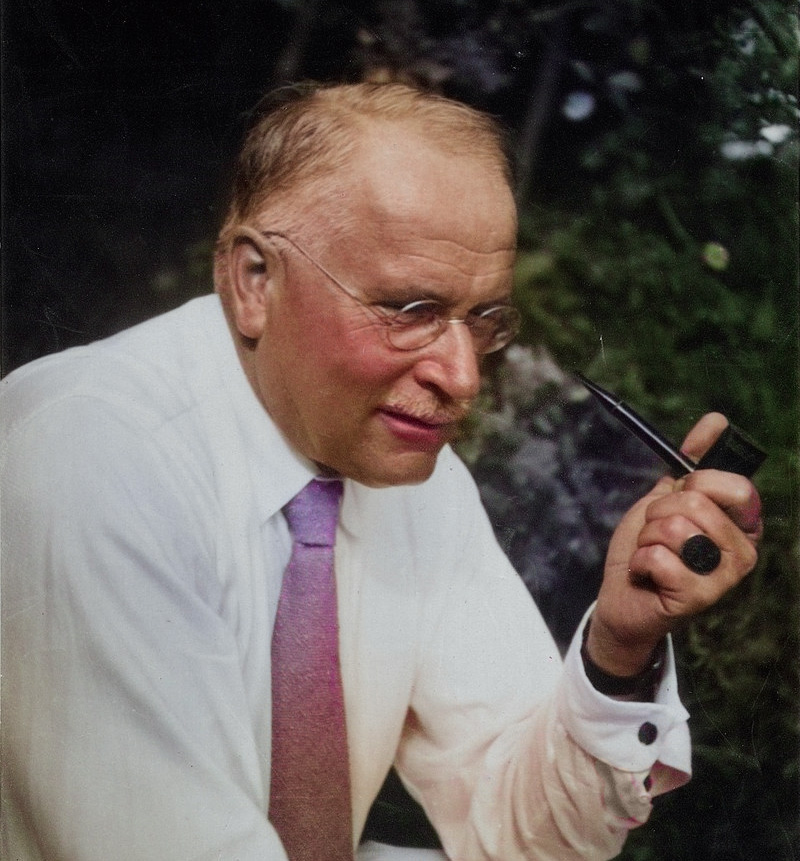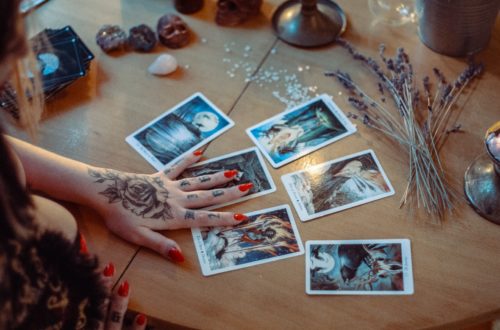
Jung’s Dance with Synchronicity and the Healing Power of Ho’oponopono
Imagine you’re thinking about an old friend you haven’t seen in years. Suddenly, the phone rings. It’s your friend on the other end. A happy coincidence, you think. Or is it? Let’s delve into the captivating world of Swiss psychiatrist Carl Jung and his notion of ‘synchronicity’, a concept as mysterious and wonderful as a magic trick.
“Synchronicity is the fancy word Jung used to describe ‘meaningful coincidences’. Imagine two separate things happening at the same time, with no visible cause-and-effect, but somehow they’re connected in a way that feels significant to you. That’s synchronicity.”
In his lifetime, Jung proposed another enchanting idea: ‘unus mundus‘. This Latin phrase means ‘one world’. What Jung was getting at is this: everything in the universe, including you and me, is connected, like a vast, invisible spiderweb.
Synchronicity, Unus Mundus, and the Unity of Numbers
Think about this for a moment. If everything in the universe is connected, couldn’t it make sense that seemingly unrelated events are actually linked in a magical, mysterious way? That’s the magic trick of synchronicity and unus mundus.
Now, let’s travel back in time, over 2,500 years ago to the time of Pythagoras. Yes, the same Pythagoras who discovered that cool theorem about triangles. But Pythagoras also believed in the ‘unity of numbers‘. What does that mean? He thought that everything in the universe, like music and stars and people, could be understood through numbers. Everything connected, everything part of one grand, harmonious symphony.
Just like Jung’s unus mundus, Pythagoras’s unity of numbers hints at a world where everything is connected in a beautiful, mysterious way. Like secret friends, synchronicity, unus mundus, and the unity of numbers dance together, whispering secrets of a deeply interconnected universe.
The Echo of Karma and the Art of Ho’oponopono
Jung’s synchronicity and Pythagoras’s unity of numbers invite us to question: could there be unseen forces shaping our lives? Could we be living out patterns, like actors playing the same scene over and over again? This is where the intriguing concept of ‘karma’ comes in.
In simple terms, ‘karma’ is the idea that what goes around, comes around. Like a boomerang, our actions return to us, sometimes in unexpected ways. In this sense, ‘karma’ could be seen as a cosmic script, directing the movie of our lives.
But what if we want to change the script? Enter Ho’oponopono, an ancient Hawaiian practice of reconciliation and forgiveness, brought into modern understanding by Morrnah Nalamaku Simeona and Dr. Ihaleakala Hew Len.
Here are the key points of Ho’oponopono:
Repentance: Saying ‘I’m sorry’.
Forgiveness: Saying ‘Please forgive me’.
Gratitude: Saying ‘Thank you’.
Love: Saying ‘I love you’.
It’s like a recipe for healing and creating a better future. By saying these words, we take responsibility for our actions, ask for forgiveness, express gratitude, and spread love. We get to change the script. Maybe we even get to change our karma.
Story Time: Synchronicity and Ho’oponopono in Action
Let’s take a little trip into the world of Alice, a kind-hearted teacher. Alice is having a tough day. She had a disagreement with a colleague and feels upset. Just as she’s thinking about her colleague, her phone dings. It’s a message from an old friend sharing a beautiful quote about forgiveness. Alice hasn’t spoken to this friend in months, and the message comes at such a perfect moment. This, dear friends, is an example of synchronicity – a meaningful coincidence.
Alice starts to reflect on the situation with her colleague. She decides to use the Ho’oponopono method. She closes her eyes and pictures her colleague, then sincerely repeats the four special sentences:
❤️”I’m sorry.”❤️
❤️”Please forgive me.”❤️
❤️”Thank you.”❤️
❤️”I love you.”❤️
She does this for a few minutes, then goes about her day. The next day, Alice and her colleague have a conversation where they both apologize and agree to work better together in the future. Their relationship even seems stronger than before.
Now, can we say for sure that it was Alice’s practice of Ho’oponopono that led to this positive change? We can’t know for certain. But remember Carl Jung’s idea of synchronicity and unus mundus, and Pythagoras’s unity of numbers. If everything is connected in mysterious ways, then perhaps Alice’s change of heart did influence her outer world.
Wrapping Up
Our world is a fascinating place, full of mysterious connections and meaningful coincidences, if we choose to see them. Carl Jung’s concept of synchronicity, along with his idea of unus mundus and Pythagoras’s unity of numbers, invite us to see the world as a beautiful, interconnected tapestry.
And when we find ourselves caught in patterns, perhaps replaying our karma, we can remember the practice of Ho’oponopono. With repentance, forgiveness, gratitude, and love, we have the power to change the script and bring healing into our lives and the lives of those around us.
In the end, the magic trick isn’t a trick at all. It’s simply a way of seeing and being in the world, a world full of mysterious, beautiful connections just waiting to be discovered. The curtain has been lifted, revealing that the true magic is in the unseen threads that bind us all together.


You May Also Like

Dancing with Time: Ho’oponopono and the Quantum Symphony of Existence

What Is Karmic-Data?
